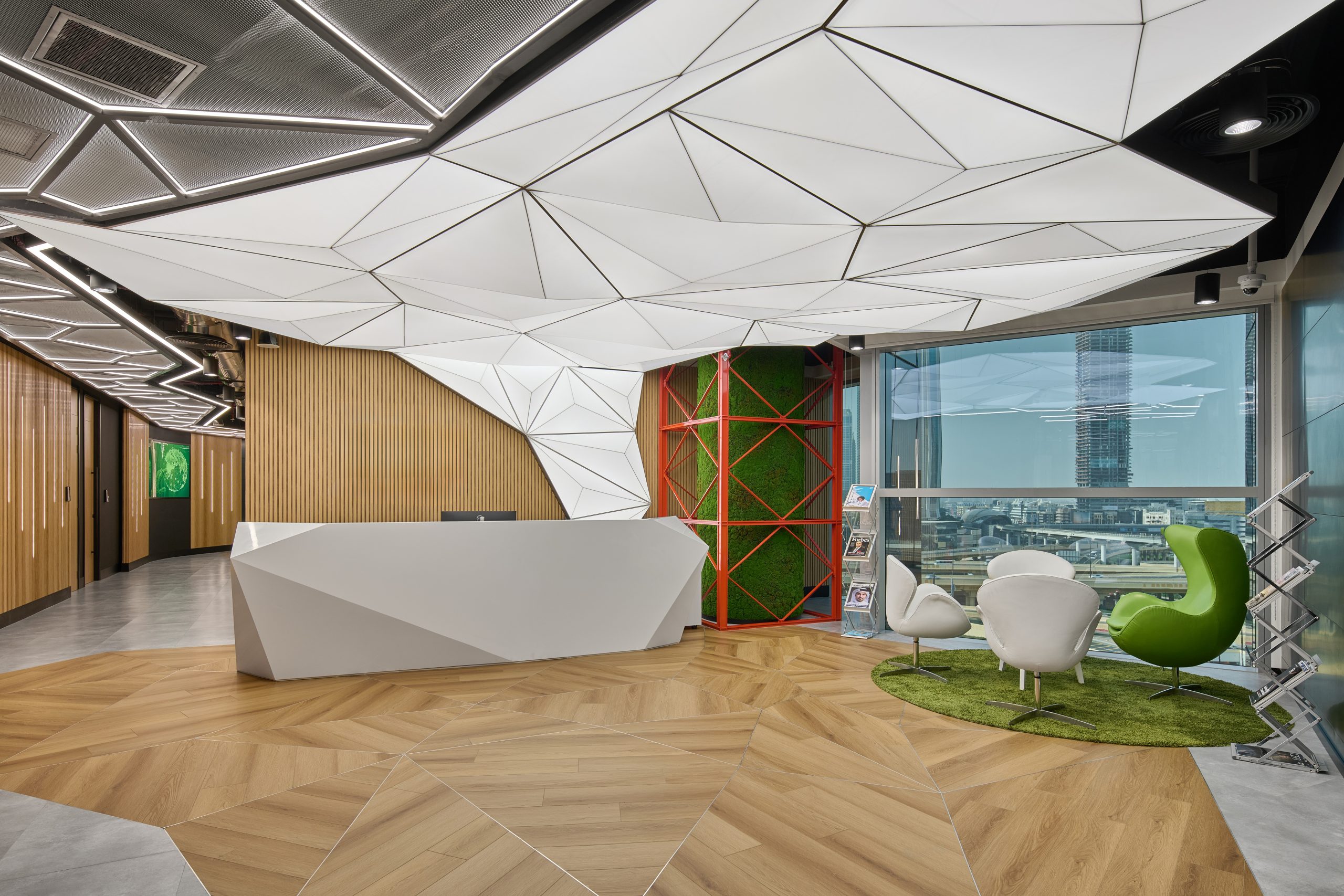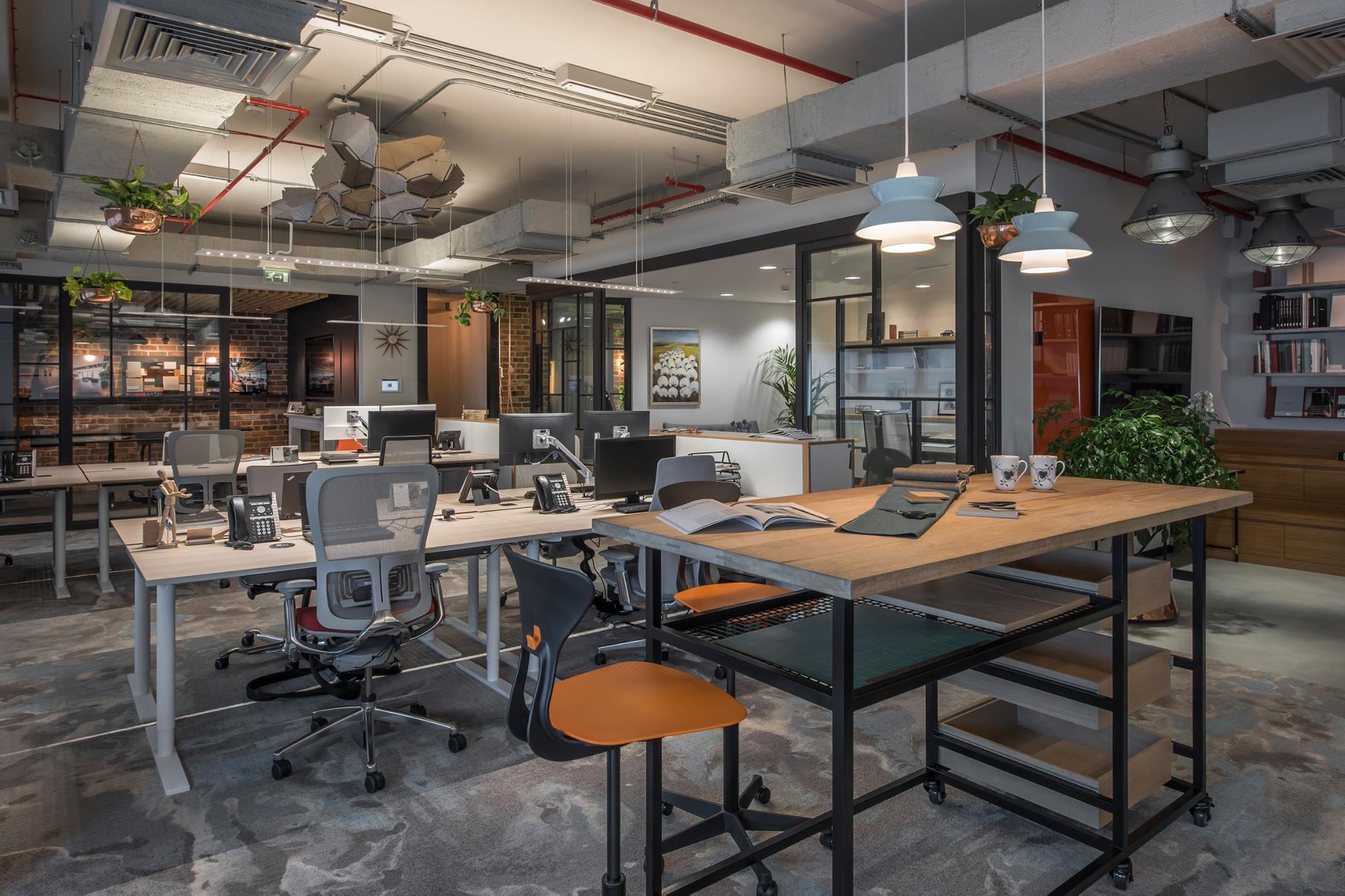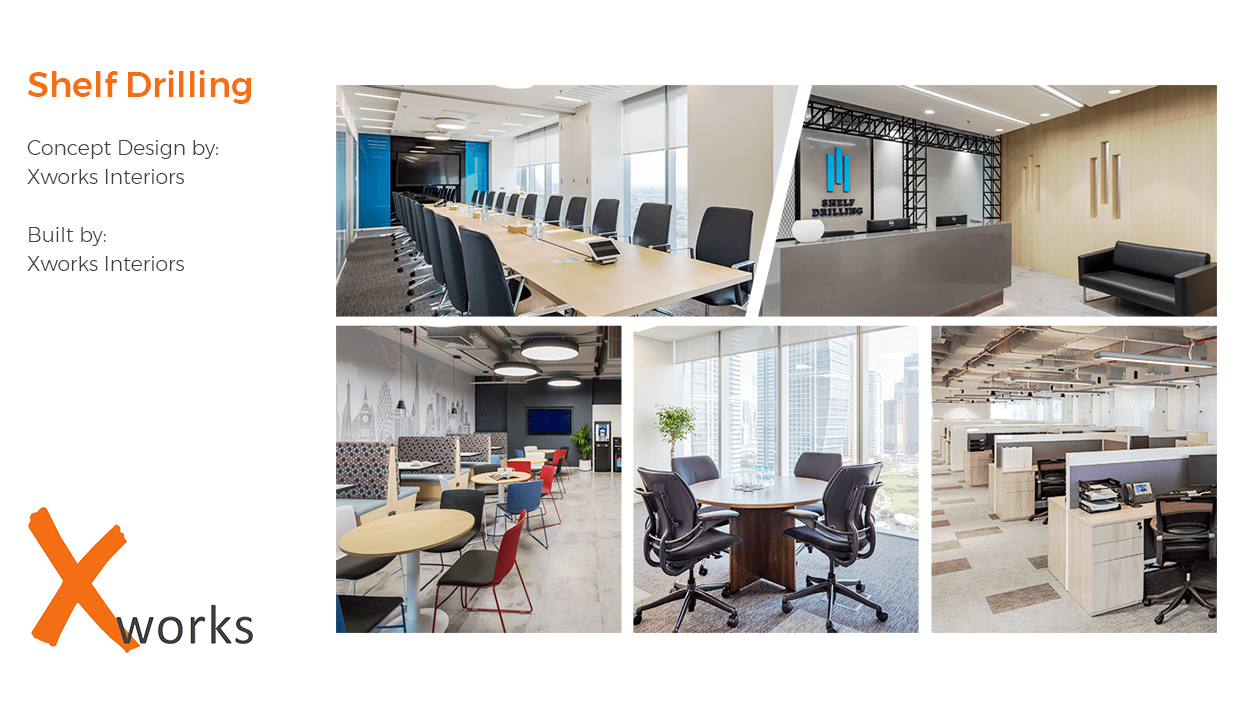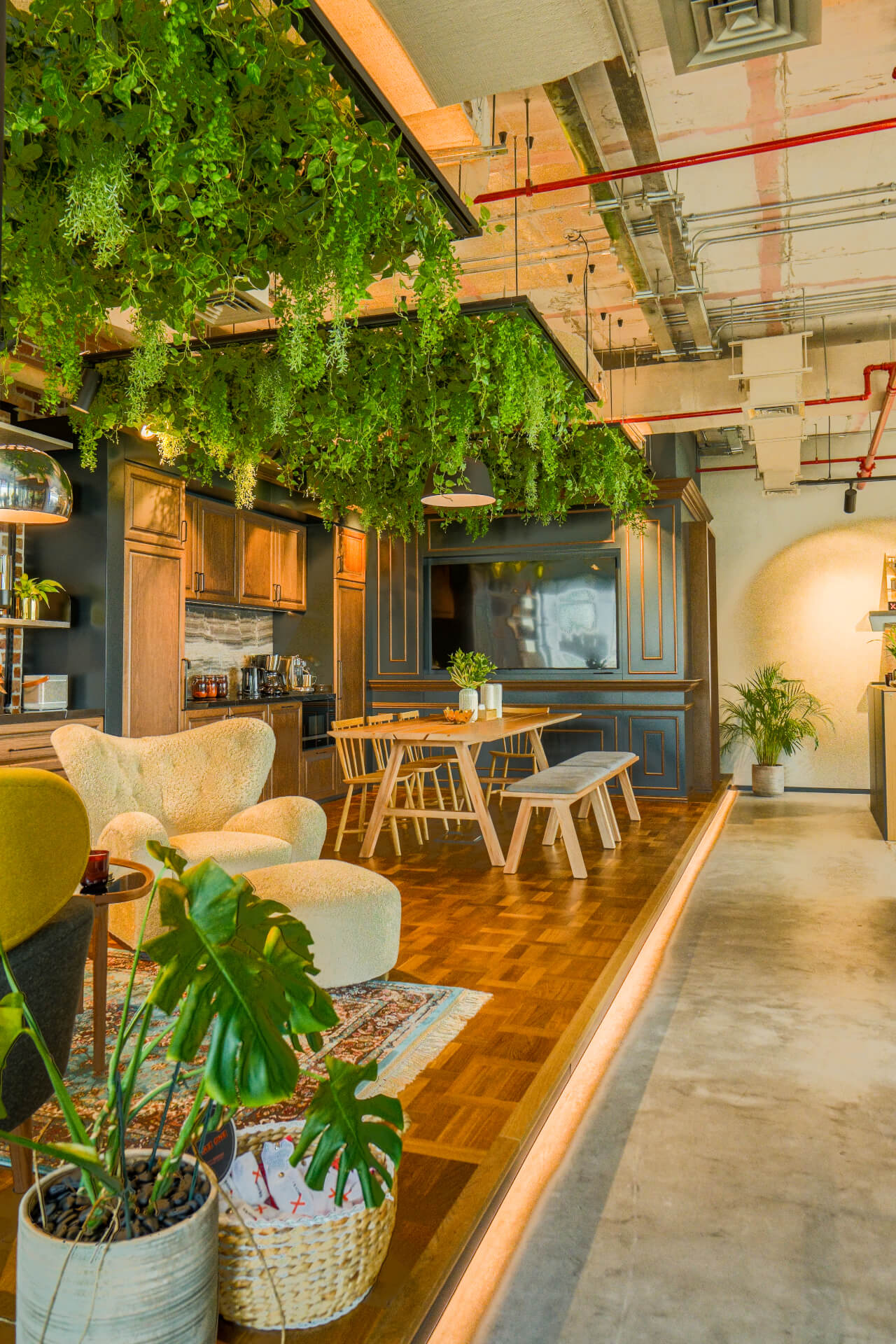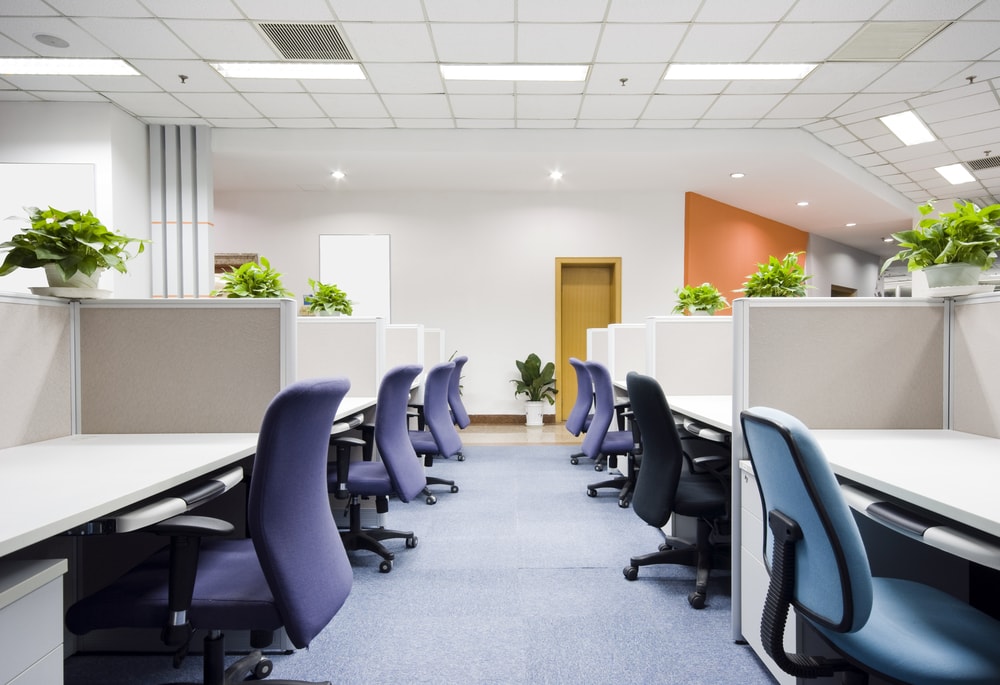
How to relieve stress in the workplace with innovative design
The sedentary office has caused an alarming amount of people to experience anxiety, depression, insomnia, and decreased mental and physical health. “The World Health Organisation now lists inactivity as the fourth-biggest killer of adults as our sedentary lifestyles bite back – turns out sitting at a desk all day staring at a monitor is more dangerous than it looks.” As a clear reaction to this, many businesses are opting to deliver a different type of work place. International companies like Google feature gyms, laundry services, and hairdressers in their buildings, while others promote movement by encouraging employees to walk from one setting to another throughout the day. Noting the negative effects certain designs have on a work place has inspired a new type of building standard called WELL. WELL focuses on seven concepts that are proven to not only address the design of a building, but also how this design impacts human behaviors related to health and wellbeing. Applying these innovative concepts to any design will relieve stress and promote a healthy work place that encourages productivity. As stress is a response to mental and physical issues, it is important to find the root of these causes. AIR Under the WELL standards, buildings are required to promote clean air and reduce or minimise the sources of indoor air pollution. Studies show that air pollution is responsible for many negative health issues. In addition, air quality issues can reduce work productivity and lead to sick building syndrome, where no disease or cause can be identified, yet the health issues are linked to time spent in a building. Implementing ventilation design, smoking bands, and air filtration are all ways to reduce stress caused by pollution. WATER An astonishing 75% of people are chronically dehydrated, which is not made better by drinking too many caffeinated drinks or even drinking contaminated water. Dehydration is the cause of many ailments such as fatigue, depression, and anxiety, which means water and stress are directly linked. Clean drinking water is necessary for optimal health and should be available to employees through water filtrations and other cleaning methods, as well as encouraged. NOURISHMENT WELL requires the availability of fresh, wholesome foods, limits unhealthy ingredients and encourages better eating habits and food culture. 1 Nutrition is vital to maintaining our over all health, and with the right diet, stress levels can be hugely decreased. Offering healthy options within the canteen will encourage employees to make smarter (and healthier) choices. LIGHT Something we don’t often think about is how much light has an impact on our wellbeing. Our bodies rely heavily on natural light to keep our circadian rhythm working optimally. When inside an office all day under artificial light, our natural body clock can be thrown off, causing bad sleep and many other issues, including stress. Incorporating natural light into the work place can help to monitor the body clock and ensure employees are getting ample sleep. FITNESS Going hand in hand with nourishment, fitness plays a vital role in significantly reducing stress in the workplace. Ways of encouraging a workplace to incorporate movement includes encouraging the use of stairs, fitness education, active transportation support, or merely requiring movement through room locations. Exercise produces endorphins, which directly correlates to stress factors. This is one of the most important design factors when trying to create a more healthy and happy office. COMFORT Comfort covers many factors such as noise levels, scent, thermal comfort and ergonomic furniture. Buildings can harbor sounds that are distracting and disruptive to relaxation. Using innovative designs like acoustic panels can offset negative impacts of noise. In addition, providing sufficiently comfortable furniture plays a huge role in keeping the musculoskeletal system in good shape, thus relieving any stress caused by straining your neck and back. MIND While exercise can release serotonin, elevating moods and regulating sleep cycles, the simple act of worrying can trigger physiological response similar to physical stress and injury. Utilising innovative features through design, technology and treatment strategies, stress in the workplace can be reduced. Consider incorporating plants, art, travel, and water features to bring a sense of calm to the office. Relieving stress in the work place can benefit everyone involved and is extremely important in relation to productivity. Finding a design team that can implement innovative strategies to reduce stress is essential to achieving efficiency. Assess your building and compare it to the WELL standards in order to understand what your design may be lacking – this is the first place to start on your journey to success.
